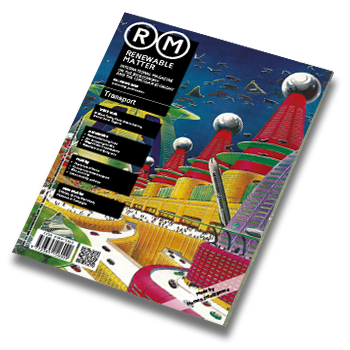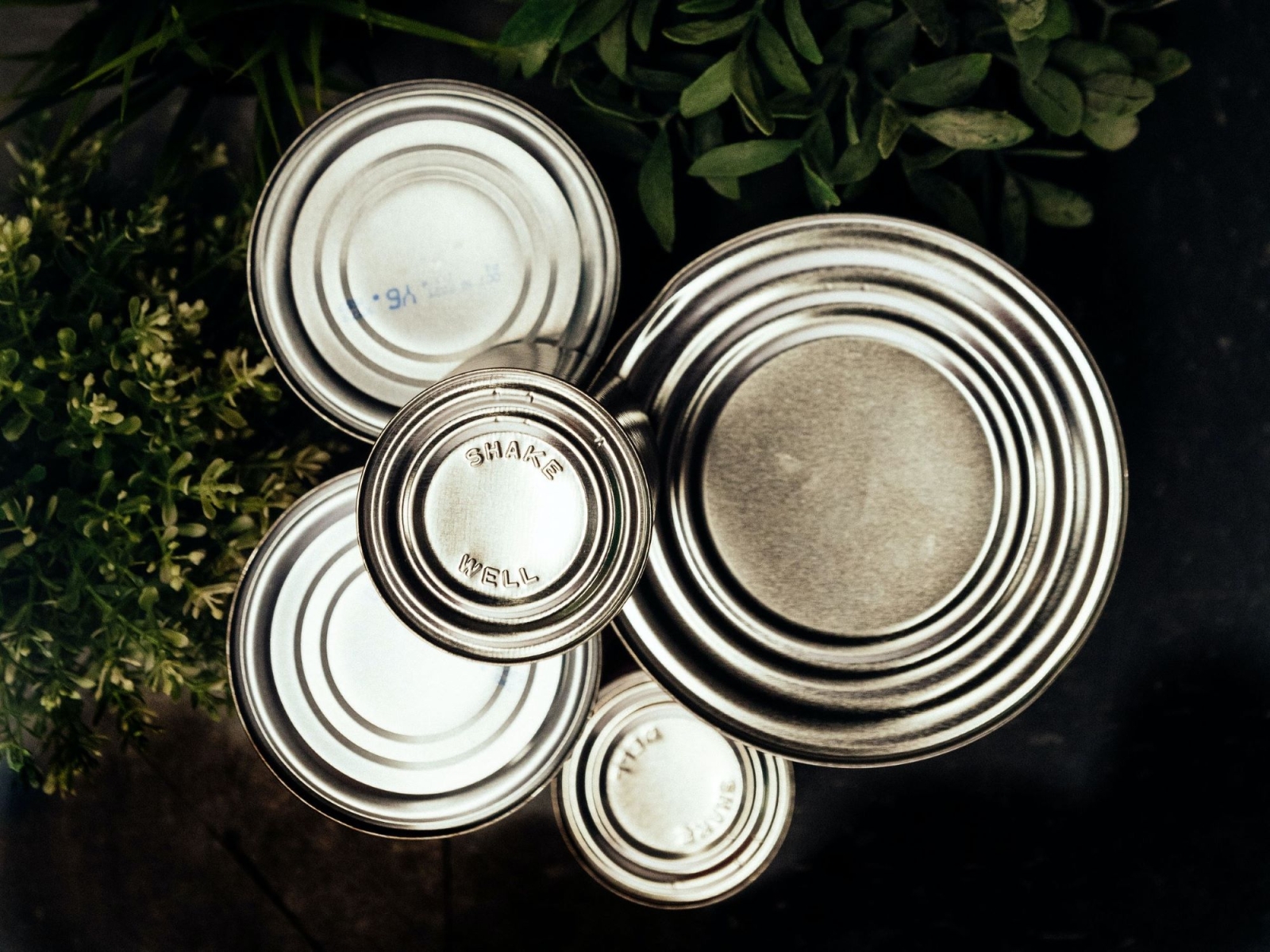Indestructible, easy to collect and fully recyclable. Aluminium can be reused indefinitely and is suitable for multiple purposes such as mobility, construction, and food&beverage. Characteristics that make it an extraordinary metal, a true symbol of the circular economy. For its management, Italy has had CIAL since 1997, a non-profit consortium that brings together the protagonists of the entire industrial chain: from raw material manufacturers to packaging fabricators to end users, recoverers and recyclers.
Given a recycling target of 50 percent by 2025, the National Aluminium Packaging Consortium in 2022 alone has processed for recycling 73.6 percent of aluminium packaging placed on the market ( i.e. 60,200 tons), a percentage that, including energy recovery, approaches 78 percent. Numbers that avoided emissions amounting to 423,000 tons of CO2 and energy savings of more than 185,000 tons of oil equivalent.
Aluminium, a strategic resource for the Italian supply chain
In Italy, recycling has strategic importance for the entire industry. More than 75 percent of the aluminium produced in the past 125 years is still in circulation. “It should also be emphasized that in Italy 100% of aluminium production is based on recycling and, in quantitative terms, our country is among the first in the world. These results are possible because of the exceptional characteristics and performance of the material, which can be recycled easily, completely and for infinite cycles, providing a durable, permanent material that is always ready and available for new and different uses,” Stefano Stellini, director of Communications and External Relations at CIAL, tells Renewable Matter.
“In Italy, the choice of management criteria for the aluminium packaging supply chain guarantees cost-effectiveness among the most efficient in Europe, realizing an excellent model of social, economic and environmental sustainability alongside an extremely constructive relationship with the territory, thanks to the combined action of institutions, companies, operators, citizens and municipalities. The Italian system is characterized by a strong industrial symbiosis, supported by a great technological evolution of the national plant network. We have state-of-the-art and extremely efficient plants that allow the recovery of aluminium at every stage of waste treatment.”
A goal for 2030? Thanks to the Every Can Counts program, together with manufacturers and major European packaging associations, CIAL wants to reach the goal of 100 percent recycling of beverage cans. A goal to be achieved especially with waste produced “outdoors”, that is, by promoting the collection and recycling of aluminium cans even at major cultural and sporting events.
From ecodesign to the new European packaging regulation
The focus of CIAL is also on ecodesign. According to data collected by the Consortium to track the evolutionary trend of aluminium packaging over the past two decades, in terms of prevention and, therefore, reduction in weight and thickness of different types of packaging, companies in the supply chain, through eco-design of packaging and eco-efficiency of production processes, would have managed to save an average of about 5350 tons of material each year (the equivalent of 51,000 car bodies) for a total of 107,000 tons, amounting to an overall reduction of 936,000 tons of CO2.
Sticking with prevention, in November 2022 the European Commission presented a proposal to revise regulations on packaging and packaging waste. The proposal – which aims to increase the sustainability and circularity of packaging products by reducing waste generation and incentivizing reuse – would not, according to CIAL, consider the paths already taken, often with excellent results, by individual states. In the case of Italy, the Consortium points out, not only has the entire system involving companies, workers and technologies been successfully built on recycling, but it has so far been possible to meet, years in advance, the recycling targets on individual packaging materials imposed by current European regulations issued in the form of a directive.
This article is also available in Italian / Questo articolo è disponibile anche in italiano
Immagine: Pedro Forester Da Silva, Unsplash



